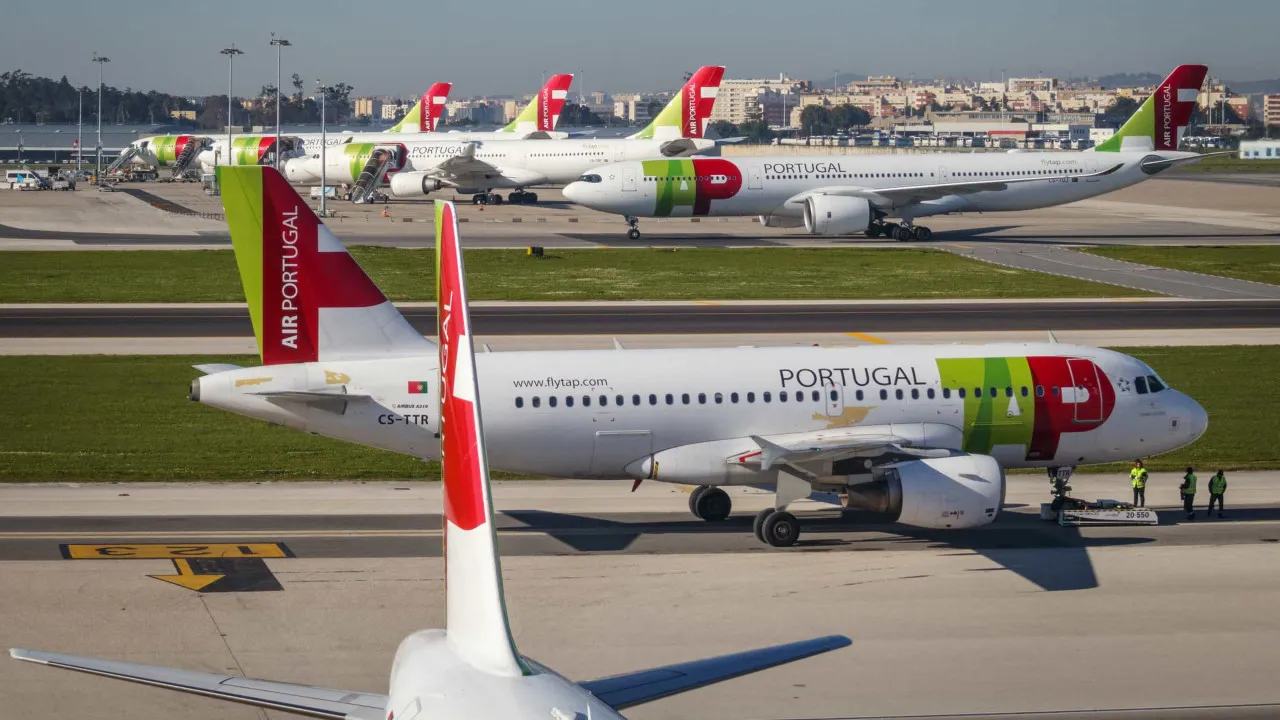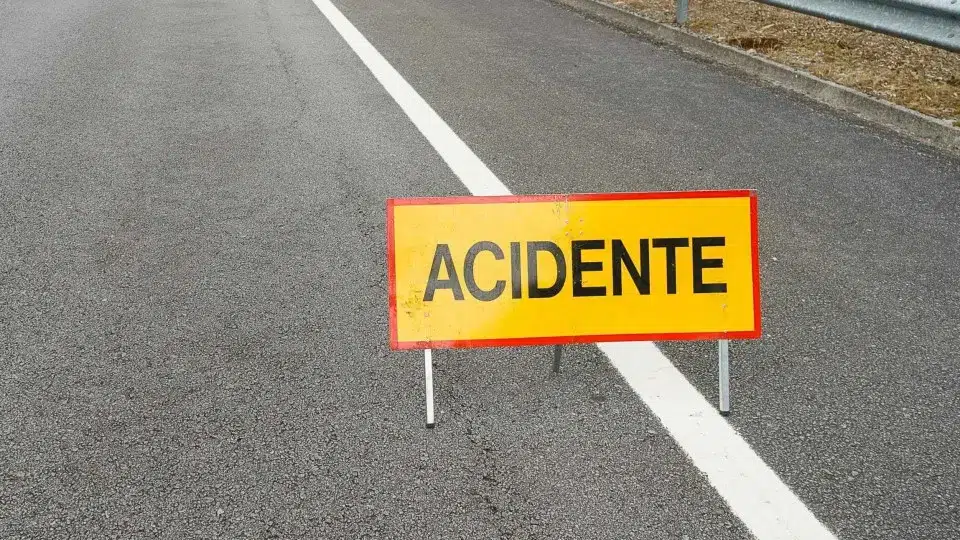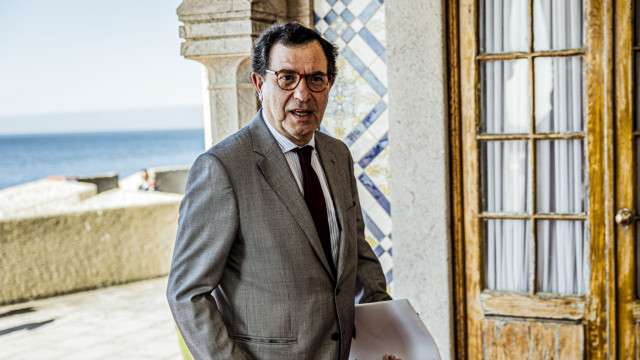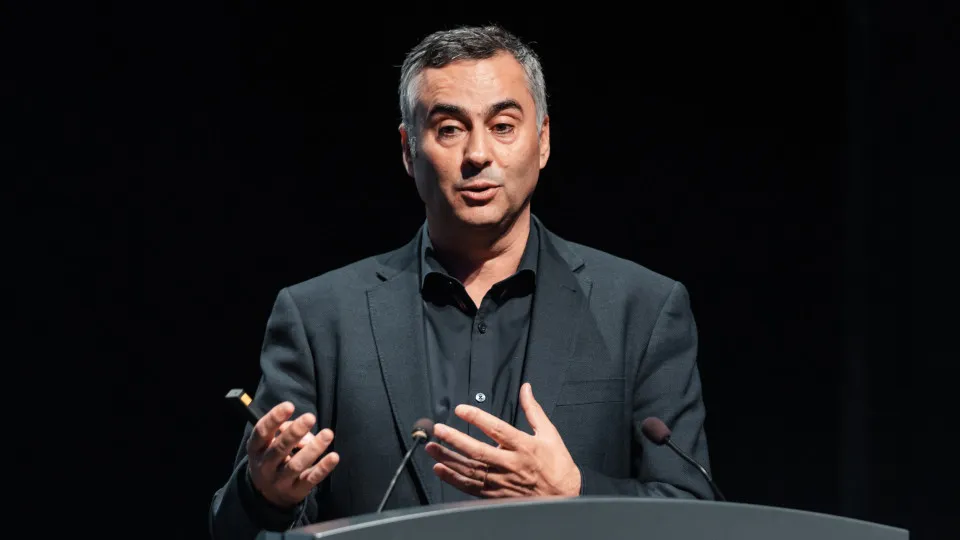
Germany, through Lufthansa, followed a model of phased privatization preceded by profound internal restructuring.
“Lufthansa followed a total privatization model, carefully phased and preceded by a strong internal restructuring,” states Rui Quadros, a commercial aviation specialist and former manager of Iberia and PGA. In this process, the State only returned to the capital in extraordinary contexts, such as during the pandemic, through a stabilization fund, without interfering in long-term management.
Conversely, Air France kept the French government as a minority shareholder, with strategic influence in crucial moments, such as the merger with KLM or access to public support. According to Rui Quadros, this model “conferred influence capacity in critical moments.”
Maria Baltazar, a professor at ISEC Lisbon, adds that “Air France maintained the French state as a minority shareholder for several years, ensuring strategic influence and support in critical moments, such as during the pandemic.”
Alitalia represents the opposite: an unstable trajectory, with successive state supports, failed privatizations, and finally, its replacement by ITA Airways in 2021.
Rui Quadros highlights that “the Italian state let Alitalia collapse and in 2021 created a fully public carrier (ITA Airways),” subsequently starting a partial privatization (41%) with Lufthansa in 2023.
Pedro Castro, founder of the consultancy SkyExpert, adds that “the Italian state was forced to completely close Alitalia and create a smaller successor, ITA Airways.”
Common among experts is the recognition of labor relations management as a critical success factor.
“British Airways and Lufthansa opted for negotiated models (…), while Air France faced strong union resistance. The transition to ITA Airways resulted in mass layoffs,” recalled Rui Quadros.
Maria Baltazar emphasizes that “all these processes demonstrate that dialogue with the unions and worker protection are essential conditions for successful privatization.”
A similar position is held by Pedro Castro, who adds that labor challenges do not disappear with privatization but tend to be mismanaged when companies remain public.
Regarding TAP, it is noted that the current Portuguese model is inspired by some of these experiences, expecting a sale of up to 44.9% of the capital, keeping the State as the majority shareholder and demanding strategic commitments from the investor. Additionally, it foresees a shareholders’ agreement to ensure day-to-day operational management by the future buyer while the state continues to have a say in critical decisions.
“These principles follow good reference practices,” says Rui Quadros. However, he warns: “It’s hard to imagine that an international group would accept investing large amounts of money, taking operational and reputational risks, and yet not being able to fully participate in the company’s strategic decisions.”
Maria Baltazar advocates for a gradual and strategic approach: “Portugal must learn from what worked — and what failed — in other geographies. Portugal not only needs to privatize — it needs to privatize with intelligence, strategy, and responsibility,” she says.
Finally, Pedro Castro reminds that no process is concluded without real proposals on the table and that TAP’s value may decrease with the new airport.
“No privatization lives on intentions. While Lisbon is Portela, that is also TAP’s greatest value, holding 50% of the movements of that so-called ‘congested’ airport, and that is very valuable. Even so, TAP isn’t the last soda in the desert,” he comments.




